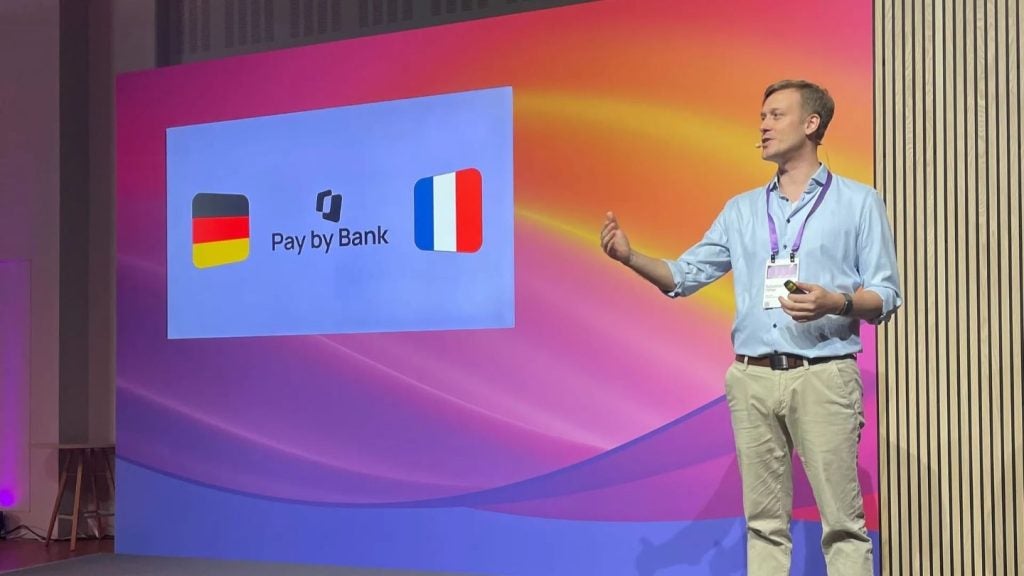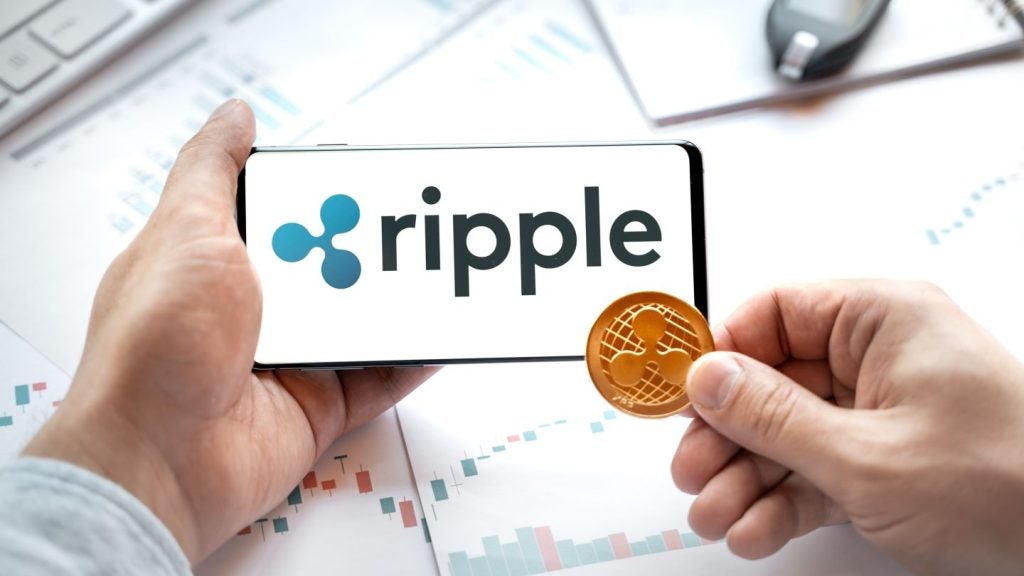Visa and Barclays, amongst many others in the industry, have spent a lot of money reminding us that contactless is the way to pay: it is simple and quick. However, is it simple enough for the consumer? And is change moving too quickly for British customers to keep up with the developments. David Parker writes
What can be simpler? With contactless first launching in 2007 followed in 2008 by Barclays and Barclaycard launching the first tap and go contactless cards, enabling a user to spend £10 ($15), it should be incredibly simple.
Of course it was such a good idea, that just as consumers were getting used to this development, they increased it in March 2010 to £15.
Okay, this was early days, there were not that many cards in the market so education these few was relatively easy. But as things started to grow, they again decided to increase it, this time to £20, in June 2012.
The situation
So where are we today? Well, according to the UK Cards Association, there are 58 million contactless cards in circulation in the UK. This represents a 52.2% rise compared to December 2013. This is split between 36.9 million debit cards and 21.2 million credit or charge cards.
Spending on contactless cards has also gone up having more than trebled over the last year to reach a record £2.32bn in 2014.
So we can say that pretty much everyone in the UK has a contactless card in their pocket.

US Tariffs are shifting - will you react or anticipate?
Don’t let policy changes catch you off guard. Stay proactive with real-time data and expert analysis.
By GlobalDataAnd of course many of them are just getting used to the fact that contactless is good for £20, they will suddenly find out that in September/October it is good for £30.
However, how relevant can this change be when we are told that the average contactless transaction is £8.26, as of December 2014.
But the real complication is that the £30 limit is not applies only for contactless cards.
If you are paying by contactless mobile, then the limit is ‘in theory’ higher. So for ApplePay, or Samsung Pay coming soon, you do not have this magical limit, but it fully depends on if the retailer allows it.
Which retailers currently allow a higher mobile payment? Well at the moment the list is not that long (see table below).
That is of course assuming the retailer takes contactless at all. MasterCard has led the way stating "From the beginning of next year,(sic. 2016) any new payment terminal that gets deployed has to accept contactless."
MasterCard’s head of emerging payments products, Mike Cowan, stated. "By 2020, every single terminal will accept contactless."
So what could be simpler, everyone knows about contactless and all the terminals by 2020 will accept them – in theory assuming that the terminal has been replaced since 2016.
Well, there lies our next problem in the contactless conundrum.
Computer-based point of sales solutions are seeing longer life cycles from just a mere decade ago where expectations were in the range of 6-7 years before being refreshed.
Advancements in technology, design, and manufacturing have extended the durability of today’s hardware devices.
The type of industry, environment, and transaction volume a POS experiences may permit 10+ years of service, or promote an early exit.
Three tips for the modern contactless consumer
So as a consumer it is very simple:
- Your store has to have a contactless terminal. Not everyone will despite being told by MasterCard that, by 2020, them and everyone else will;
- If you are going to go to pay via contactless, if it is a credit or debit card you have to remember that you can now spend up to £30, not the previous £20, and
- If you are using a phone you can spend more – but only if specific retailers say that that is allowed.
And many in the financial sector wonder why consumers sometimes find all this a bit too much and just stick to the new fangled chip and pin thing they are just about getting used to.







